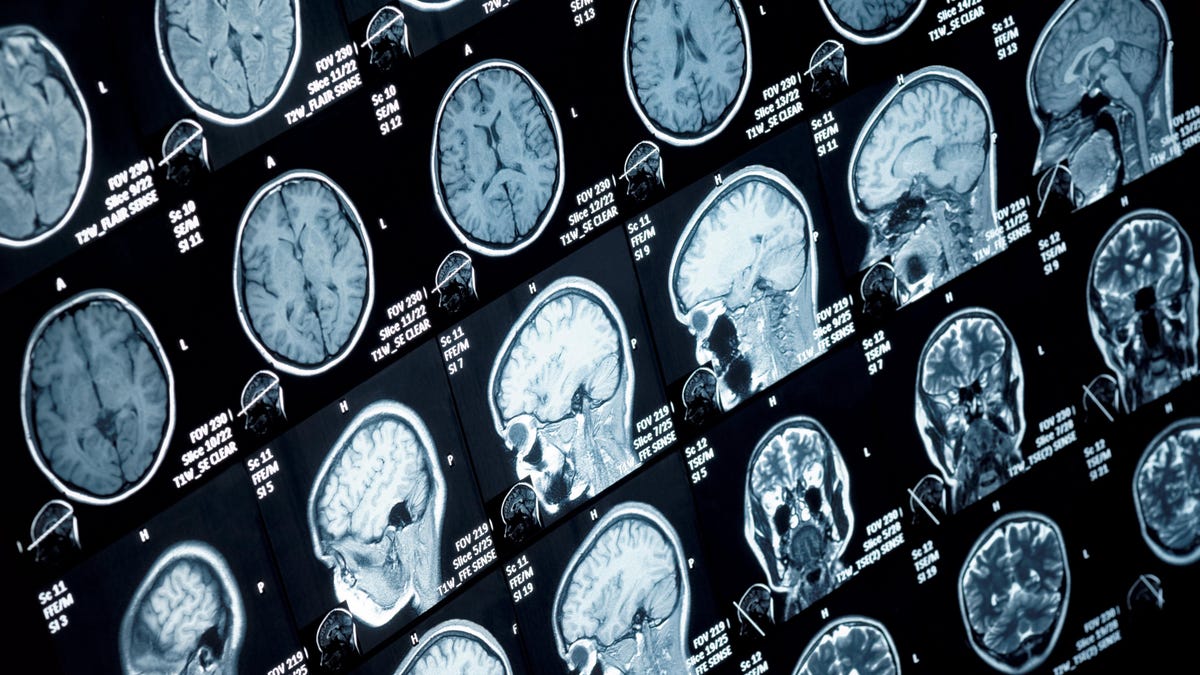Researchers at the National Institutes of Health examined dozens of government employees and their families who experienced “Havana Syndrome” and found no evidence of significant brain injury or other biomarkers that would explain their ailments. Despite the findings, the report authors say that the symptoms felt by these sufferers are real and often debilitating. In most cases, the patients describe an array of mysterious symptoms that began while they were stationed overseas.
Do We Have to Send Humans to Mars for Exploration?
In late 2016, American and Canadian diplomats began to develop an unusual illness while stationed at their embassies in Havana, Cuba. These cases would follow a similar pattern: People would experience acute symptoms like nausea, headaches, and hearing loss, which often appeared after they had heard strange noises, sometimes accompanied by a pressure on their heads. Many would go on to have lingering memory or neurological issues, eventually needing to leave their jobs altogether. Once reports of these incidents became public in summer 2017, the illness quickly became known as Havana Syndrome.
Some people have accused the governments of Cuba and Russia of deliberately attacking the sufferers, perhaps by using exotic technologies such as microwave radiation or sonic weapons. Yet evidence of more mundane physical causes has been presented as well, including pesticide exposure. And some scientists have fiercely argued that there might not be an organic explanation at all—that these cases mostly represent a sort of social contagion, a shared belief potent enough to induce physical illness.
Various intelligence agencies and groups in the U.S. and elsewhere have looked into the matter, and have largely, but not universally, agreed that the cases likely weren’t caused by a “directed energy weapon” or a foreign adversary. The NIH has been conducting its own investigation, the results of which have been published in two papers published Monday in the journal JAMA.
In one study, the authors scanned the brains of 81 patients described as having experienced “anomalous health incidents” using MRI; in the other, the team conducted a wide array of medical tests on 86 people. These patients were compared to controls matched in age and other characteristics. Across the board, the researchers found few differences between the two groups.
“In this exploratory neuroimaging study, there was no significant MRI-detectable evidence of brain injury among the group of participants who experienced [anomalous health incidents] compared with a group of matched control participants,” the authors of the MRI study wrote.
The same was largely true in the other study, with the scientists finding no significant differences with most of the tests they conducted. Those who suffered these incidents did objectively perform worse on tests of balance and had higher rates of depression, fatigue, and post-traumatic stress. About 40% of patients also seemed to meet the criteria for a functional neurological disorder, conditions that can cause neurological symptoms like limb weakness or seizure but may not be tied to a physical, structural injury in the brain or nervous system.
Functional neurological disorders have often been characterized as “all in the head” or fake, but sufferers aren’t pretending to experience these symptoms, and there is a genuine abnormality going on in how the brain sends and receives signals to other parts of the body. While the exact cause of these disorders is unknown, they can arise due to a “disconnection in the function of the lobes and emotional processing,” according to the NIH. The authors of both papers are quick to note that whatever has happened to these patients is far from fiction.
“While we did not identify significant differences in participants with AHIs, it’s important to acknowledge that these symptoms are very real, cause significant disruption in the lives of those affected and can be quite prolonged, disabling and difficult to treat,” said study author Leighton Chan, chief of rehabilitation medicine and acting chief scientific officer at the NIH Clinical Center, in a statement from the NIH.
Though the researchers say they conducted an extensive examination of patients, it is possible that there are physical explanations that may have not been detectable with these tests, either because they weren’t measuring the right thing or because signs of the injury faded away before the tests occurred. Some patients have already objected to the findings, citing these and other potential issues.
“Of course, the absence of evidence is not evidence and these studies therefore do nothing to undermine the theory that a foreign adversary is harming US personnel and their families with a form of directed energy,” said lawyer Mark Zaid, who is representing some patients, in a statement released today. Zaid and others have called for the U.S. government to declassify and release all of its findings on these cases.
